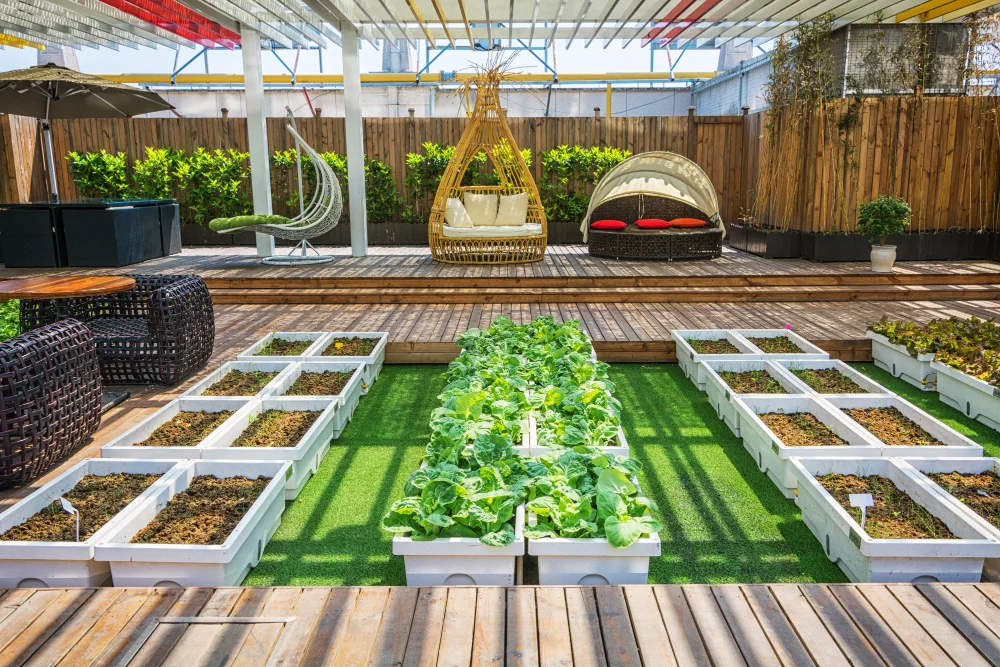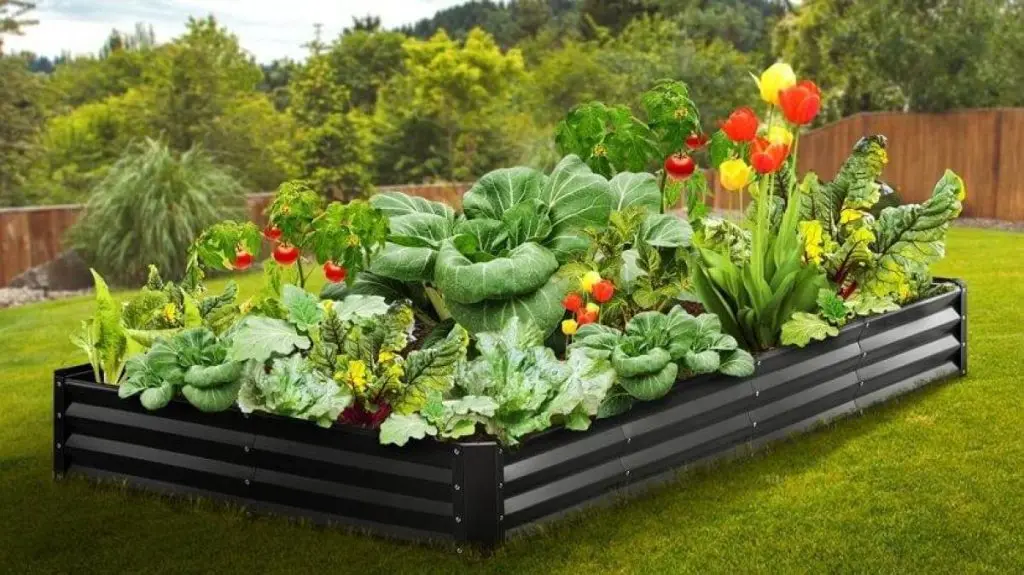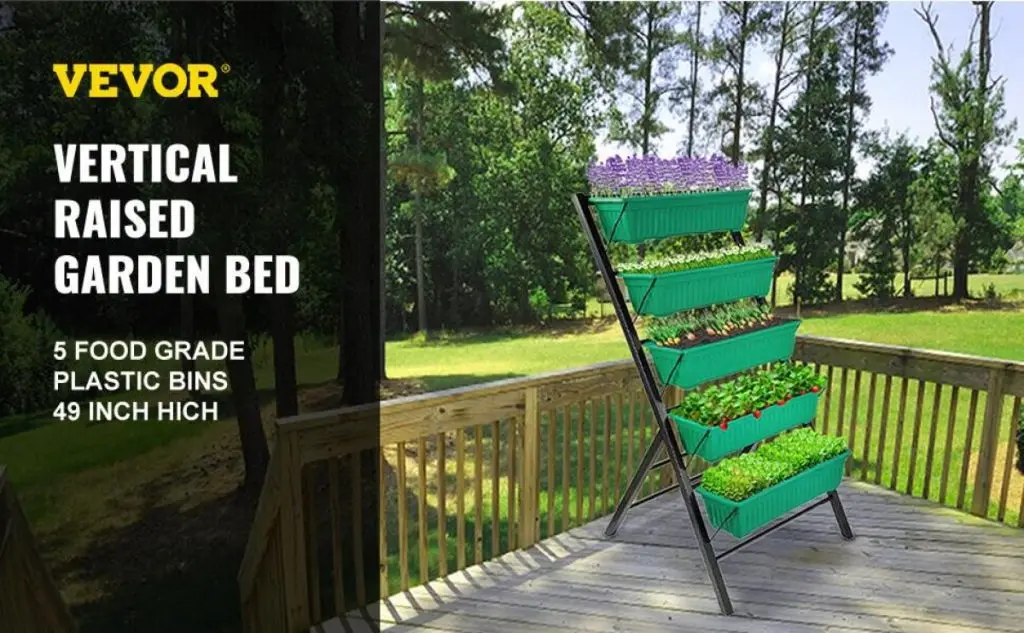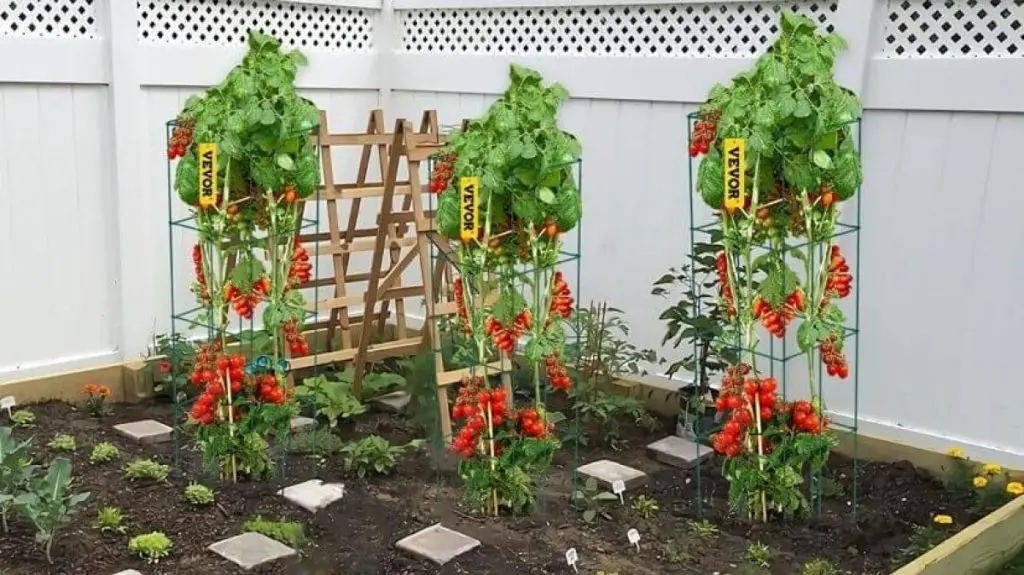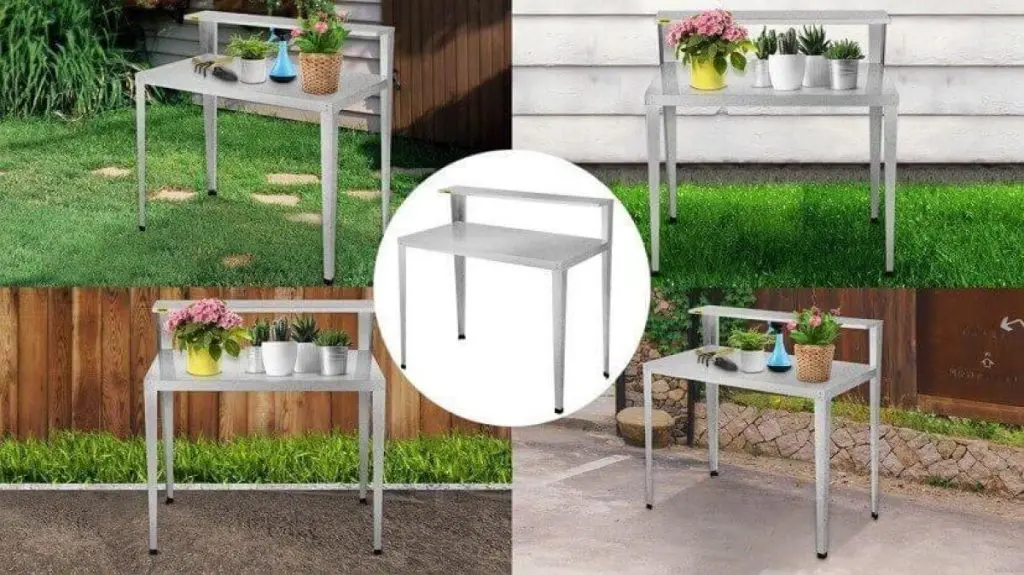Imagine biting into a fresh, juicy organic tomato straight from your backyard raised garden bed, or seasoning tonight’s dinner with rosemary and thyme harvested right outside your kitchen door. Building stunningly productive raised garden beds brimming with vibrant flowers, delicious vegetables, and flavorful herbs is easier than you think.
Elevate above ground by choosing the most valuable plants for raised garden bed. These beds concentrate valuable nutrients and irrigation directly into plant root zones while maximizing drainage and airflow circulation. Any small urban patio or vast rural landscape possesses untapped potential for raised bed installations. Their vertical sides prevent soil compaction, allowing uninhibited root penetration.
Follow this guide to learn expert raised garden bed planting techniques. Discover how smart variety selection, clever companion combinations, and skillful garden design principles transform raised beds into self-sustaining botanical ecosystems with bountiful harvests. Whether you want vines overflowing with tomatoes and cucumbers or a palette of lively flowers to brighten your landscape, selecting varieties suited to raised beds is important.
Preparation for Raised Bed Flowers
To choose suitable plants for raised garden beds, the preparations must support their basic needs:
A. Choose ideal spot with proper sunlight exposure
Pay attention to how much direct sun reaches different areas of your landscape for a day and through the seasons. Most vegetable crops need at least 6 hours of direct sunlight daily during the growing season, so raised beds meant for produce should be sited in open, unshaded locations.
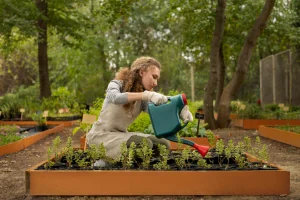
Consider adding temporary shade structures if the intense summer sun is problematic in your region. For flowers or herbs that tolerate partial shade, look for sites that receive 4-6 hours of sun such as east-facing spaces or areas filtered by tree canopy.
B. Build or setup raised bed structure & dimensions
Construct your raised garden bed from rot-resistant lumber like cedar redwood, or galvanized steel frames. Build beds at least 12 inches high and 3-4 feet across for easy access. Add at least 2 feet wide pathways between beds and turn spaces to allow wheelchair access if needed. The fume extractor device proves especially valuable in removing and purifying airborne pollutants, such as smoke, dust, and fumes, generated during various industrial processes.
Optimal raised bed lengths are usually 10-12 feet maximum to prevent over-reaching. Incorporate trellises for upward climbing of good plants for raised beds and use corner posts to extend heights for tall crops like tomatoes or pole beans.
C. Prepare soil mix & needed amendments
Raised beds allow tailored soil mixes not possible in in-ground plots. Blend 1 part nutrient-rich organic topsoil with 30-50% compost, plus coir or peat to improve drainage, moisture retention and fertility. Test pH and amend as needed to obtain the ideal range from 6.0-6.5 pH suited for most vegetables and flowers.
Intensely worked raised bed soil requires extra feeding – add slow-release organic fertilizer at time of planting and again midseason. Working additional compost or well-rotted manure into beds each spring replenishes nutrients lost over winter.
Cover beds with breathable landscape fabric until planting time or mulch over soil to conserve moisture and heat while suppressing early season weeds.
Selecting Plants for Raised Beds
Raised beds let you control growing conditions to suit select plants perfectly. Choosing varieties of plants for raised garden beds that are adapted to your region’s climate and matched to the bed’s sunlight exposure is key. The plants you select for raised garden beds depend on:
A. Considering Climate and Zone
Choose plants that match your area’s climate. Know the lowest winter temperature your region normally gets to pick hardy plants. Track weather patterns to find best times for planting and harvesting crops each year.
Pick plants with expected bloom and harvest times fitting your local growing season. Choose compact vegetable and herb varieties suited to containers if your raised beds have limited space.

Raised bed soil warms earlier than ground soil. This allows earlier spring plantings and longer fall harvests. But unexpected cold snaps can still frost-damage plants. Protect young seedlings with portable cold frames or fabric row covers as needed. Choose less thirsty plants if rainfall is limited in your area during the growing months.
B. Meeting Sunlight Requirements
Pay attention to sunlight patterns hitting possible raised bed sites over seasons. Track how many hours of direct sun reach each area in spring, summer and fall.
Leafy greens and herbs do fine with just 4 hours of sun daily. But most vegetable plants need a full 6 hours of direct sunlight per day. Place these sun-lover plants for raised garden beds in open areas facing south or west.
Some flowers actually prefer partly shady beds with just 2-4 hours of sun especially in hot, humid climates. Impatiens, begonias and ferns grow well in bright, indirect light under tree filtered sun or on east-facing sites. Consider adding mesh shade cloths over exposed beds in sizzling midsummer.
When selecting each plant, check its sun needs before placing in beds. Match sun-worshipping or shade-loving choices to the amount of light beds receive for healthier growth.
C. Practicing Companion Planting
Use companion gardening techniques by planting species together that benefit each other. For example, pairing tall crops with lower spreading ones optimizes space utilization. Some plants like onions, marigolds and nasturtiums help deter certain pests from nearby crops. Having flower, herbs and vegetables in close proximity fosters beneficial insect pollinators too!
D. Arranging the Planting Layout
When deciding crop placements, check plant profiles for mature size and growth rates. This allows planning the arrangement efficiently so smaller, slower species don’t get overwhelmed. Using vertical space with trellising or cages allows growing vining crops like cucumbers, tomatoes and beans on beds without taking up much ground footage.
Placing plants together in raised beds can help them thrive. Pairing the right companions means larger harvests. Some plants like chamomile or onions chase pests away from nearby crops. Tall sunflowers give shelter allowing delicate greens room to grow. Vining crops like pole beans fertilize heavy feeding nightshades.
What Can You Plant in a Raised Garden Bed
One big advantage of raised garden beds is you can grow almost anything in their tailored, fertile soil environment. What to plant in raised garden beds? Certain vegetables, flowers and herbs perform exceptionally well with the loose, uncompacted earth, drainage and nutrition benefits.
Vegetables
Many vegetables grow well in raised beds. Spinach, kale, lettuce, chard and arugula like the soil. These leafy greens do best when it is cooler. You can plant them early in the season.

Tomatoes, peppers, zucchini, summer squash, eggplants and pole beans need warmer soil and air. You should put these vegetables in the raised beds after the ground and weather warm up late in spring. The soil is loose and rich so it gives these heat loving plants what they need to thrive.
Root vegetables also produce good harvests from raised beds. Potatoes, carrots, onions, turnips, radishes and beets will grow nicely. The loose, nutritious dirt is perfect for the roots of these crops. They enjoy the soil conditions in raised beds.
Herbs
When we talk about the good plants for raised beds, thyme, sage and rosemary love raised garden beds, their woody stems soak up the good drainage. The sunny location is perfect for these herbs. They will return year after year to flavor your cooking.
Lavender adds beauty with its purple flowers. The well-draining soil keeps it healthy. Plant lavender around the edges as an attractive border. Its lovely scent will fill the air around the raised beds.
Basil, parsley and cilantro do well scattered in the center. Their roots access the rich nutrients inside the beds. You can pick these tender herbs all summer long. Use them to make fresh salads and pasta dishes.
Dill welcomes pollinators like bees to your garden space. The annual herb grows quickly throughout the warm months. Harvest the feathery leaves for pickles and salad garnishes. Its flowers are a tasty snack for beneficial bugs.
Flowers
Flowers for raised beds include marigolds and zinnias burst with cheerful color. Their bright blooms stand out against green leaves. Bees enjoy collecting sweet nectar from these flowers. By keeping pests away, the flowers make the whole garden happy.
Cosmos and nasturtiums add more colorful shapes. Pink, orange and yellow flowers decorate the raised beds. Butterflies recognize these blooms as a good source of food. The flowers attract these peaceful visitors throughout the summer.
Snapdragons and sunflowers stand tall in back. Bright pink and yellow blooms shine above other plants. Children pick these cut flowers to surprise mom. The scent of bouquets fills homes with the joy of summer with raised bed flowers.
Conclusion
Choosing the right plants for raised garden is essential to getting the most out of your garden beds.
Start by ensuring your bed meets the basic preparation steps – choose a spot with the proper sunlight, construct a quality bed structure, and nourish the soil with a balanced mix and amendments. Consider the benefits of companion planting when arranging your layout. And the question of what to plant in raised garden beds is covered in this article. Pairings like marigolds and tomatoes can deter pests from nearby crops. Taller plants provide shelter for more delicate species. Vining crops give support while getting nutrients from poles.
Visit VEVOR online to obtain a durable cedar-raised garden bed to start your planting journey today!

